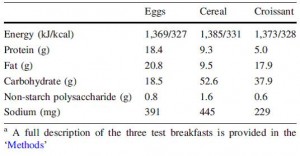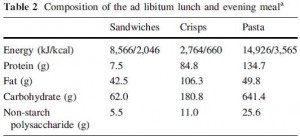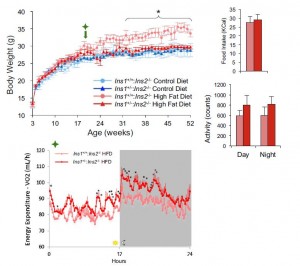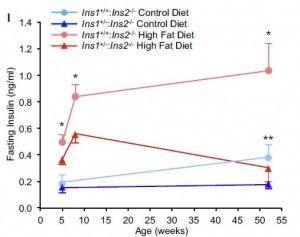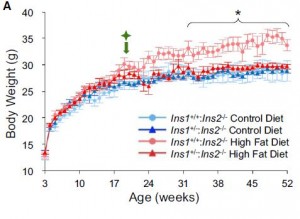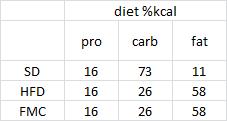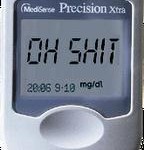As a proponent of consuming fatty fish (sardines, salmon, etc.), I was interested to read the new fish oil study; as an opponent of meta-analyses, however, not so much. A meta-analysis is a type of study whereby the researcher thinks of something they want to prove, then cherry picks studies that best support their point. Or perhaps I’m just biased. Nonetheless,
Association between fish consumption, long chain omega 3 fatty acids, and risk of cerebrovascular disease: systematic review and meta-analysis (Chowdhury et al., 2012)
In brief, regarding whole fish consumption, 3 servings per week reduced stroke risk by 6% and 5 servings by 12%. Surprisingly, there was no effect of fish oil pills that contained ~1.8 grams of long chain omega 3 fatty acids. What this study lacks is any information about the dose of EPA and DHA (the major bioactive fatty acids in fatty fish); and with 38 studies analyzed, I’m not about to try to figure it out (sorry team)… a serving of fish can have anywhere from 0 to 1 gram of EPA and DHA; 1.8 grams of long chain omega 3 fatty acids can have anywhere from 0 to 1.8 grams of EPA and DHA. Therefore, I’ll resort to reviewing two of my favorite fish studies of all time: DART and GISSI. For a more detailed review of fish oils and these studies, check out The poor, misunderstood calorie (chapter 9).
(chapter 9).
divide and conquer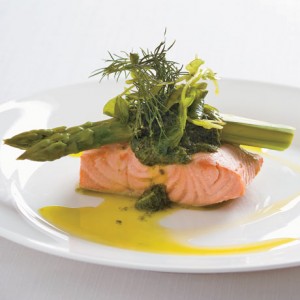
Continue reading →
Posted in Advanced nutrition, diet, Dietary fat, fat, fiber, gluten, Grains, mortality, TPMC
Tagged diet, fat, fiber, gluten, grains, mortality
